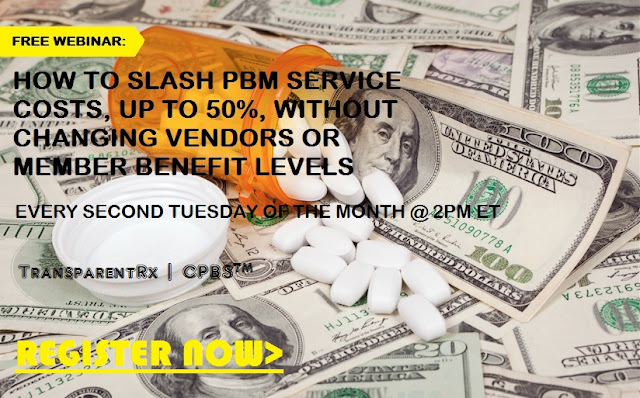New Report: Health Plans, PBMs, Employers, and Health Systems Keep $166B in Rebates and Discounts Provided by Drugmakers
The report from the Berkeley Research Group (BRG) shows that between 2013 and 2018, the amount of money spent on brand drugs that supply chain components and other entities retained for themselves has grown to about 46 percent of total spending. In contrast, the portion of the spending that actually goes to the biopharmaceutical companies that spend billions to discover, develop and produce those medicines continues to decline, to about 54 percent of the revenue in 2018.
 |
| Source: Berkeley Research Group |
BRG reported that between 2015 and 2018, the growth in total revenue for biopharmaceutical companies from sales of brand medicines was, on average, 2.6 percent annually, which the report notes is in line with inflation. During that same period, U.S. biopharmaceutical companies continued their time-consuming, risky and expensive pursuit of medical innovation, producing nearly 200 new cures and treatments.








